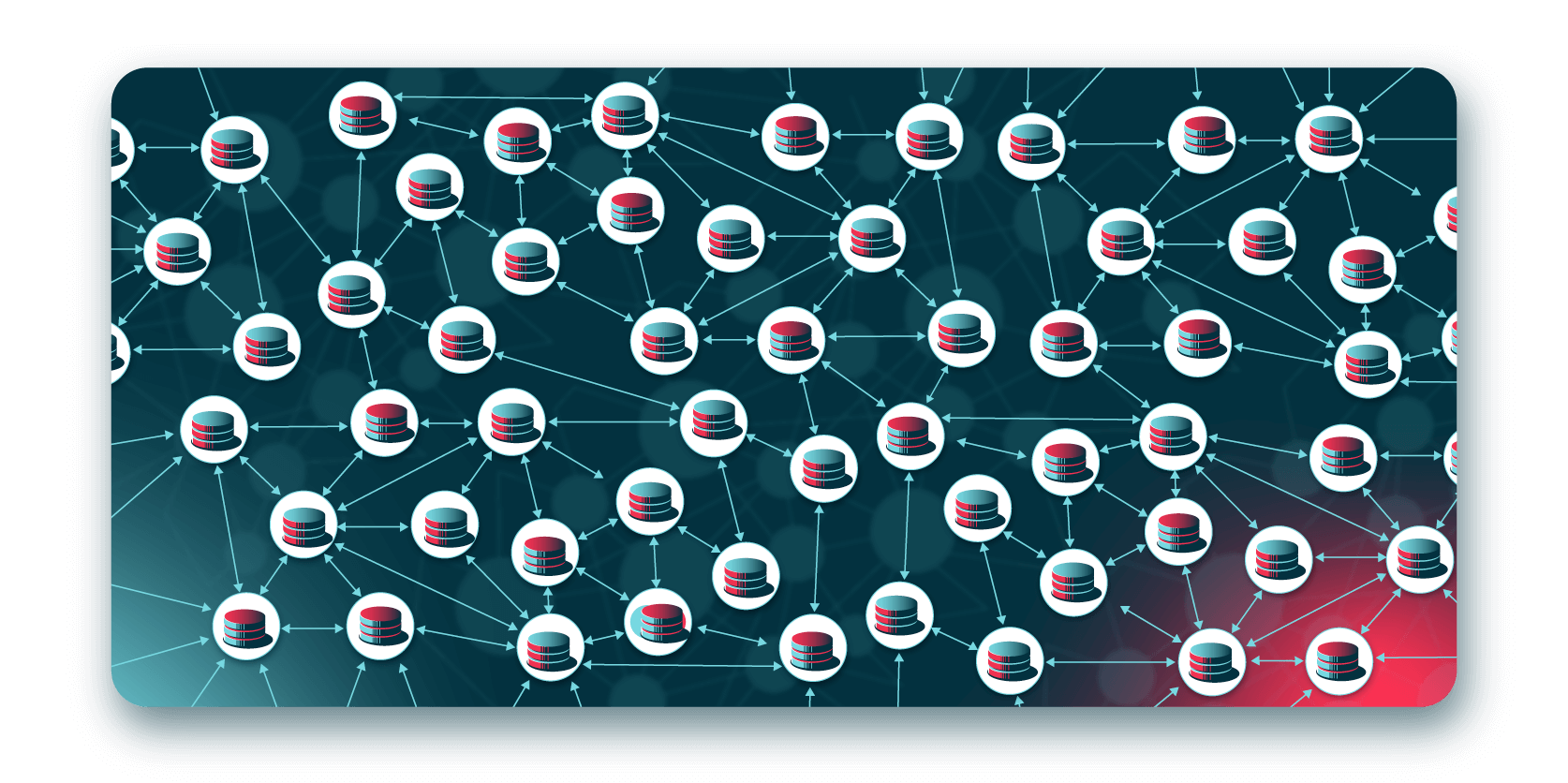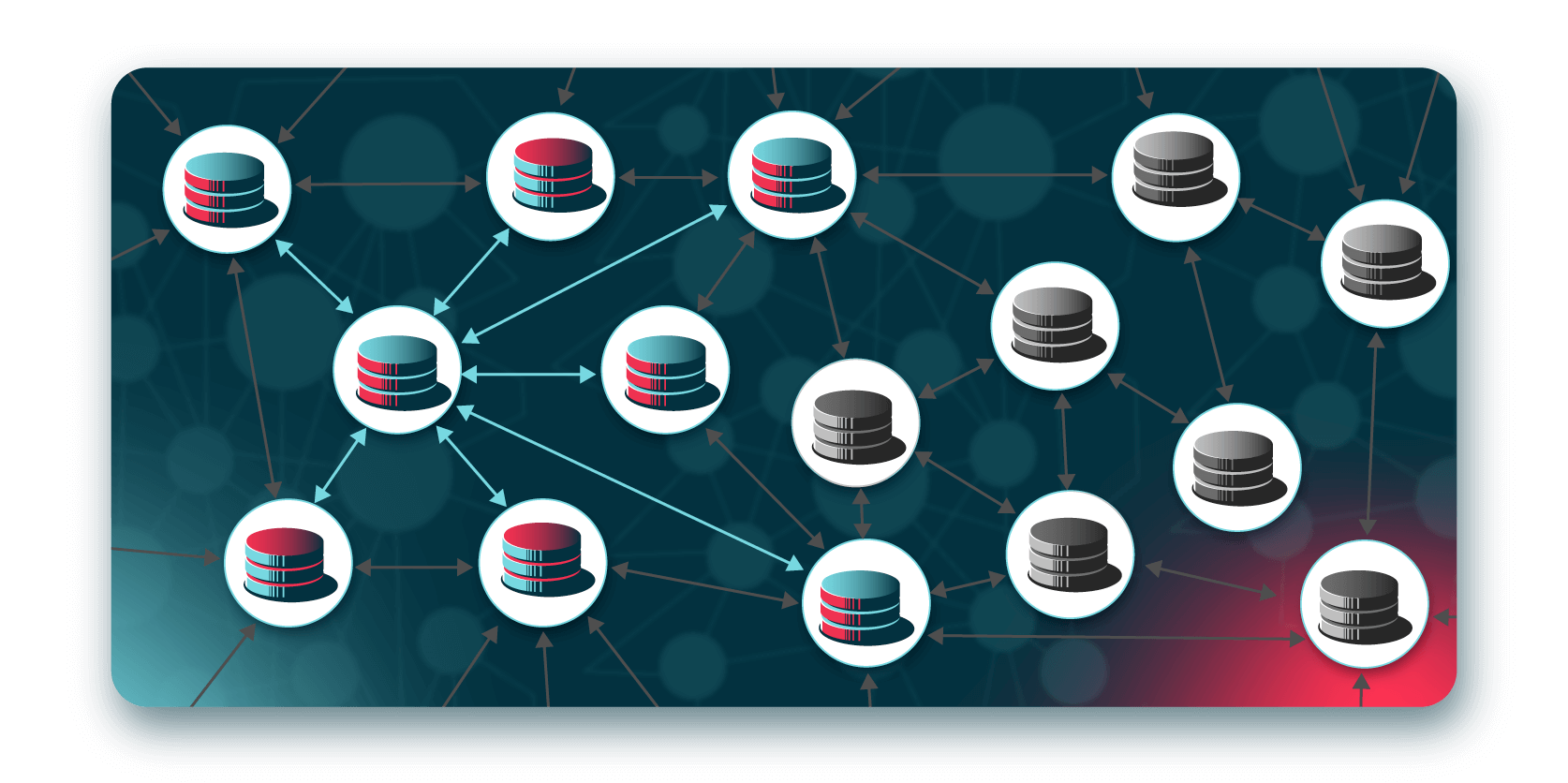In the world of partnerships, an ecosystem is a network of partners a business creates and nurtures to create new market opportunities, typically via account mapping, co-selling, and co-marketing.
Major ecosystem news continues to make headlines in the tech world:
- Zoom’s $100 million Zoom Apps Fund launched to support “innovative companies that are inspired to build the next big thing in the Zoom platform ecosystem.”
- Yotpo and Shopify entered a multi-year platform partnership, referencing Yotpo as a “shining example of what is possible in the Shopify Ecosystem of partners and developers.”
- To show its commitment to the “power of a comprehensive integration ecosystem,” Box announced the launch of its Emerging Partners Program. Box’s enterprise SaaS environment includes integrations from Airtable, Coda, Hyperscience, Tray.io, and Unqork.
With remote work shaping the corporate world, businesses are increasingly looking for integrated tech stacks that can improve productivity and streamline workflows for employees. Rather than spending money on some all-in-one solution that does a lot of things not particularly well, we’re increasingly piecing together our own best-in-class tools. Just think about how your video conferencing tool is integrated with your messaging tool which is integrated to your CRM which is integrated to your accounting software.
The more tools your tool connects to, the more invaluable it is. As a result, companies who invest in their ecosystems will be more attractive options for prospective clients and will have a stronger foothold when it comes time to re-up.
What makes up an ecosystem?
Outside of the business world, an ecosystem refers to an interdependent geographic area where plants, animals, and other organisms work together. Much like bees rely on nectar from flowers, and flowers rely on pollination from bees, a partner ecosystem requires all partners to be contributors to the ecosystem.
Does this sound meta? It is! Let’s break it down:
An ecosystem is made of many bi-directional partnerships. Most often these are tech, strategic, or channel partnerships.
When there is a large network of interdependent bi-directional partnerships, you have an ecosystem.
Colloquially, someone might say “your ecosystem” or “my ecosystem” or “[company]’s ecosystem” to describe the totality of partnerships connected to a single node. Like so:
Additionally, you may read “the ecosystem” when referencing the totality of all partnerships in an industry or economy.
A healthy partner ecosystem helps all partners. Typical benefits include:
In general, those relationships can be placed in one of three partnership types:
Partnership Type #1: Technology Partnerships
Also referred to as an “integration” partnership, a technology partnership is when your product sends or receives data from a partner’s product. The nodes in this partnership are referred to as tech partners or Independent Software Vendors (ISVs). A company would choose this type of partnership if its platform would benefit from the additional capabilities and features of a partner’s platform. These are sometimes called “plugins” or “apps”.
Example: Grammarly’s integration with Google Chrome. Grammarly users receive real-time spelling and grammar checks while working in Gmail and Google Docs.
Partnership Type #2: Channel Partnerships
A channel partnership groups together an ISV or software product and a channel partner to resell, manage, and/or deliver the product to market. The channel partner makes money through referral fees and/or by selling complementary services (consulting, training, and customer support), and the vendor benefits in a faster go-to-market timeline. There are different types of channel partnerships, including Resellers, Value Added Resellers (VARs), Systems Integrators (SIs), agency partners, indirect sales partners, affiliate partners, Business Process Outsourcers (BPOs), and Managed Service Providers (MSPs). More on that here.
Example: Salesforce’s partnership with CloudSmiths. CloudSmiths claims it is the largest Salesforce partner in Africa. As a VAR, CloudSmiths resells Salesforce with its complementary training, configuration, implementation, and consulting services. Salesforce earns market share in Africa without needing to hire a sales team for that region.
Partnership Type #3: Strategic Partnerships
Also known as strategic “alliances”, strategic partnerships align the long-term goals of two or more companies. These partnerships can (and usually do!) involve both tech and/or channel partnerships. These partnerships often end in acquisitions.
Example: Shopify and Walmart’s strategic partnership. In order to compete in the E-commerce arena, Walmart partnered with Shopify to open its marketplace to Shopify’s small business sellers. Shopify benefits from the expanded distribution channel.
Examples of ecosystems
A collection of strategic, technology, and channel partnerships form a larger ecosystem. Here are four examples of tech power players backing the ecosystem approach:
HubSpot
HubSpot began as a standalone marketing automation product. After putting a major investment into its ecosystem, it now has 2,320 partners, with 1,608 technology partners and 661 channel partners.
The company does not require other companies to pay to partner. Instead, it looks to its partners to deliver value to HubSpot’s customers, guard customer data, and pass an application review.
“Customers are going to more aggressively demand that companies expand their partnership universes,” says Andrew Lindsay, the VP of Corporate Development and Business Development at HubSpot. “The ecosystem is exploding.”
International Data Corporation predicts HubSpot will bring in more than $18 billion over the next four years as its ecosystem doubles in size.
Stripe
Stripe’s ecosystem consists of 744 partners. 697 of these partners are technology partners and 46 are channel partners. The online payment processing platform partners with other platforms, plugin builders, and extension developers to improve its customer experience.
According to its partner page, more than 30% of Stripe’s fastest-growing customers use one or more extensions to manage different parts of its business, including analytics, accounting, email, expenses, and shipping.
The Stripe Partner Program, which launched in 2018, is free to join. A partnership with Stripe enables a company to skip the painful parts of launching a payment platform with its payment APIs. Additionally, Stripe works with its partners to meet global compliance and regulatory obligations.
Stripe is now valued at $95 billion, nearly triple its last reported valuation of $36 billion from April 2020. Its partnerships have also made it possible to expand into new verticals and geographic regions, like Africa.
Snowflake
Cloud-based data warehouse company Snowflake has 470 partners in its ecosystem, made up of 324 technology partners and 145 channel partners. The Snowflake Partner Network is foundational to its mission of “Enabling Every Organization to be Data Driven.”
Companies like BlackRock, Adobe, Lacework, and Instacart have partnered with Snowflake to bring cloud-based solutions to their clients. And its integration partners include, well, us.
Welcome @Crossbeam as the newest partner to join Snowflake Data Marketplace! Crossbeam enables businesses and their partners to understand overlaps in customer and prospect data, while maintaining the privacy and security of other data: https://t.co/ccJAbYpub9 #DataMarketplace pic.twitter.com/C1nyGCPHAR
— Snowflake (@SnowflakeDB) January 6, 2021
In conjunction with a round of funding, Snowflake also entered into a strategic partnership with Salesforce intended to “further strengthen Snowflake’s market position and accelerate its momentum as the leading cloud data platform.”
50% of Snowflake’s sales have been “partner-assisted,” according to Philip Larson, senior director of worldwide partner programs at Snowflake, in an interview. And, he sees that number growing in the future.
Snowflake’s revenue for the second quarter of 2022 was $272.2 million, a growth of 104% year-over-year. They also achieved a net revenue retention rate of 169%.
Notion
In 2020, the number one feature request from productivity app Notion’s customers was an API. After a $50 million funding round that brought the company’s valuation to $2 billion, the company announced its API beta in May 2021. In conjunction with the beta, Notion also announced integrations with Zapier and Typeform. They even livestreamed an API integration coding with Typeform (we love a good co-marketing play).
Furthering its commitment to the ecosystem, Notion acquired Automate.io, a company that built integration solutions for 200+ other software tools in September 2021. And, to demonstrate the value of ecosystems, Notion cited a notable statistic:
“The average company today uses 88 different apps to do their work—we want to bring as much of that as we can into one spot, so you and your team can stop context switching, running into silos, and duplicating work in this challenging, hybrid world of ours.”
As an additional component of its ecosystem approach, Notion introduced the Notion Ambassadors program — which industry veterans may recognize as a type of channel program. The program recruits “volunteer enthusiasts” to teach and share Notion with others. To become a Notion Ambassador, you must partake in community building and content creation around the product.
Launching its version of an influencer network has expanded Notion’s reach to more global audiences and enabled the company to broaden its industry scope. Example: A Notion Ambassador posted her wedding templates to the r/Notion subreddit, so now, Notion has wedding planning applications.
Ecosystem is Everything
We covered what ecosystems are made of with some examples of popular ecosystems. Now, we’ll tackle the why. The business landscape is experiencing a monumental shift. Adopting ecosystem strategies can enable companies to adjust to customer needs and stay relevant.
Competition is fierce – Principle Analyst Jay McBain at Forrester believes there are approximately 100,000 SaaS companies currently in existence. He predicts that number will grow to 1,000,000 by 2027. Your position in the ecosystem is more important than the product itself, and could enable your business to box out the competition.
Flexible products win opportunities – The API economy is no longer a thing coming around the corner: It’s here. With more than 20,000 public APIs on the web, your business has ample opportunities to bring in a partner to bridge an integration gap your customer is looking for. Take our advice: start with one feature and rely on APIs for the rest. You’ll be faster to innovate and win customers.
Ecosystems improve retention – Think about how easy it is to start a Zoom meeting from your Slack interface. Once customers are implementing a tech stack into their workflow, they will be more hesitant to find alternative solutions. As Kevin Raheja, the previous Director Of Strategic Partnerships at HubSpot said on the Partner Up podcast, retention was the name of the game for HubSpot. He noticed that HubSpot’s retention exponentially increased depending on how many integrations its customers had installed.
Third-party data is disappearing – Marketing teams depend on cookies and other sources of third-party data to navigate their prospects through the buyer’s journey. However, cookies are disappearing and Apple is cracking down on third-party trackers. Without third-party data, B2B marketing strategies need to switch focus to another data mine: second-party data. Thanks to account mapping and Ecosystem Ops, businesses can instead utilize their partners’ data to drive their marketing strategies.
Your marketing and sales budget goes further in ecosystems – Implementing an ecosystem approach is a different way of thinking that can sound daunting. The good news is that the ecosystem model has a proven success rate for opening up new markets and revenue opportunities. Accenture surveyed 1,252 business leaders from a multitude of industries and found that 81% of the respondents agree that ecosystems allow their organizations to grow in ways they couldn’t before. Furthermore, partnerships are increasingly creating a measurable impact on customer satisfaction, according to our 2021 State of the Partner Ecosystem Report.
Looking to the future, Accenture assessed that 76% of business leaders believe current business models will be unrecognizable in the next five years, with ecosystems playing the main changers.
Feeling behind? Don’t. Download our Partner Playbook to learn how the best have built their ecosystems. Including:
- How to use real-time account mapping to unlock new workflows and opportunities
- How to tap into your ecosystem for co-selling and co-marketing opportunities
- How to align your sales team with your partner strategy
If you’re ready for the next step in your ecosystem development, the waitlist is now open for Supernode 2023.










This is a test comment.
This is a longer test comment to see how this looks if the person decides to ramble a bit. So they're rambling and rambling and then they even lorem ipsum.